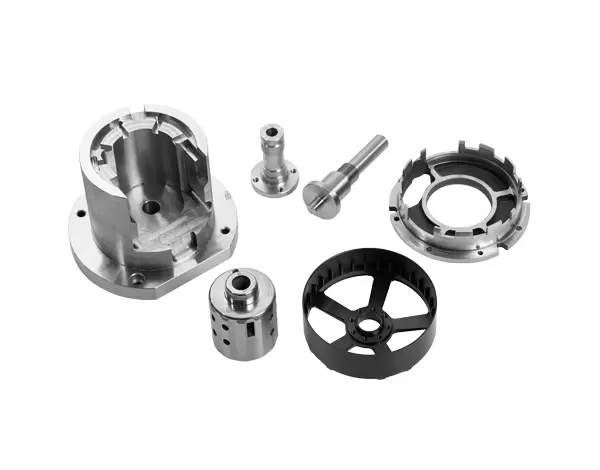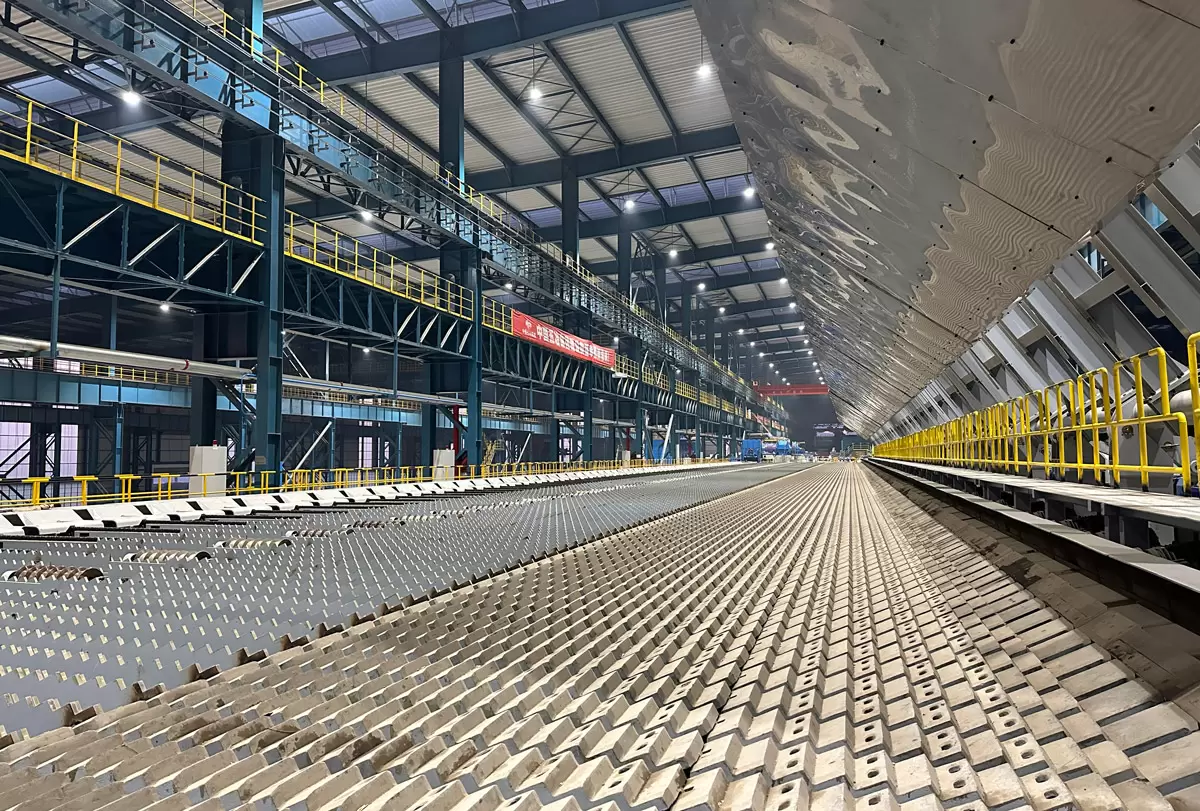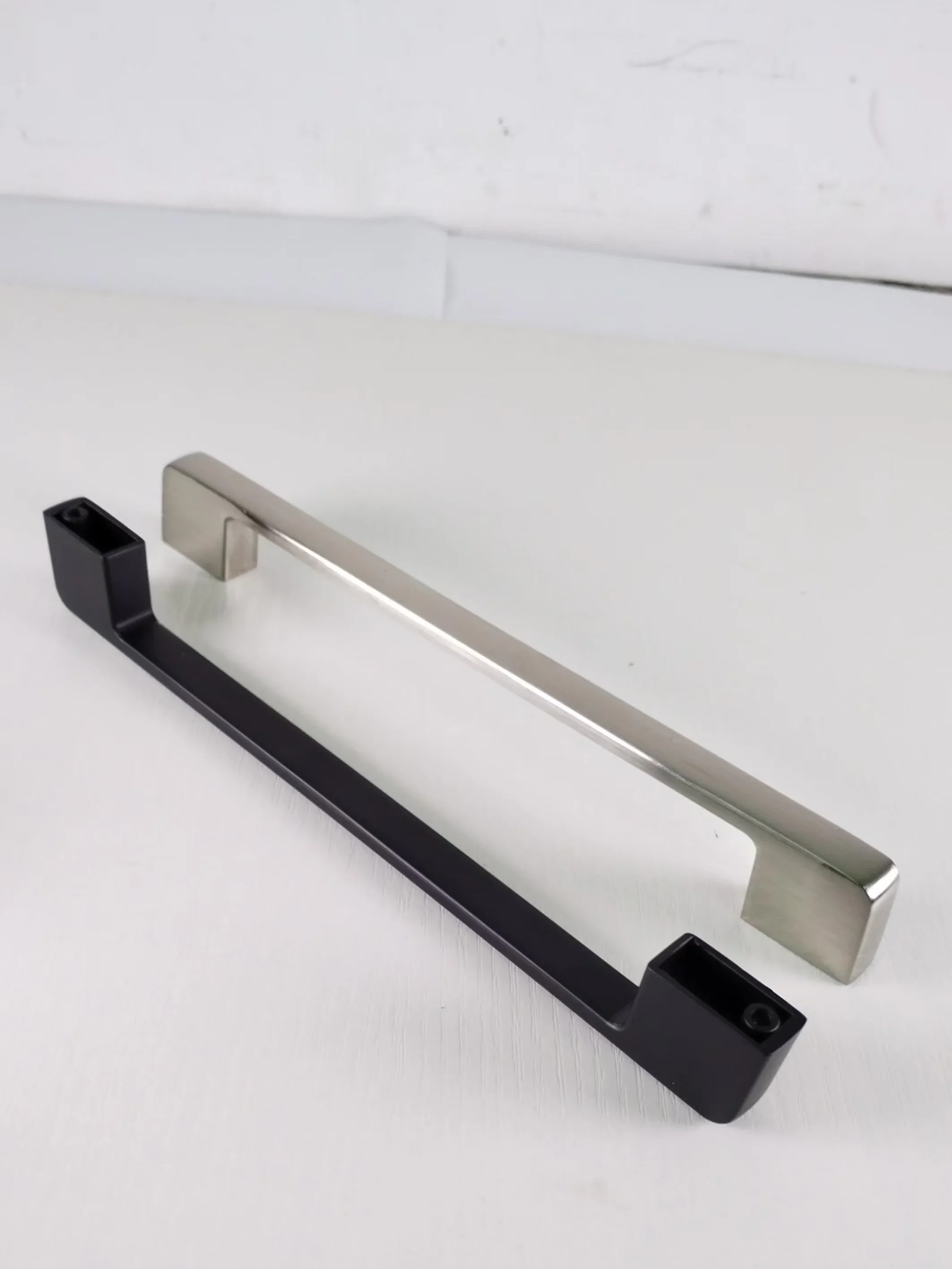In the realm of waste management, the dichotomy between solid and liquid waste incineration stands stark. While solid waste incinerators handle non-liquid materials like paper, plastic, and organic waste, liquid waste incinerators manage liquid substances such as wastewater and sludge. Each serves a distinct purpose in combating environmental challenges and promoting sustainable practices. Solid waste incinerators reduce the volume of trash and generate energy, while liquid waste incinerators treat hazardous liquids to prevent pollution. Understanding the nuances of these incineration methods is crucial for effective waste disposal strategies and environmental preservation.
Understanding Waste Incineration Process
Waste Incineration Steps
Waste incineration involves several crucial steps. First, the waste is collected and transported to the incineration facility. Next, the waste goes through a pre-treatment process where non-combustible materials are removed. Then, the waste is fed into the primary combustion chamber, where it is ignited at high temperatures. Afterward, the resulting ash undergoes further treatment before disposal.
Importance of Waste Segregation
Proper waste segregation before incineration is vital for maximizing efficiency and reducing harmful emissions. By separating recyclable materials from non-recyclables, the incineration process becomes more effective. This segregation also helps in controlling pollution and preserving valuable resources by ensuring that only suitable materials are incinerated.
Role of Temperature Control
Temperature control plays a critical role in waste incineration. Maintaining optimal temperatures within the combustion chamber ensures complete combustion of waste materials, minimizing the release of harmful pollutants into the environment. Controlled temperatures help in maximizing energy recovery from the process, turning waste into a valuable resource.
Key Components of Solid Waste Incinerators
Primary Chamber
The primary chamber is a crucial component of solid waste incinerators. It is where the initial stage of incineration takes place. Here, solid waste materials are subjected to high temperatures ranging from 800 to 1000 degrees Celsius.
The primary chamber's function is to initiate the combustion process, breaking down the solid waste into smaller particles through thermal treatment. This process helps in reducing the volume of waste and converting it into ash, gases, and heat energy.
Emission Control Systems
Emission control systems play a vital role in solid waste incinerators by ensuring that harmful by-products generated during incineration are properly treated before being released into the environment. These systems are designed to minimize air pollution and comply with strict environmental regulations.
One key purpose of emission control systems is to remove pollutants such as particulate matter, heavy metals, and dioxins from the exhaust gases produced during incineration. By utilizing technologies like electrostatic precipitators and scrubbers, these systems help in reducing the impact of emissions on air quality.
Steps for Sorting and Shredding Waste
Efficient Sorting
To ensure effective incineration, start by segregating waste into solid and liquid categories. Separate hazardous materials like lead or blood samples for specialized disposal.
ting also involves categorizing waste based on its composition, such as organic, plastic, or paper. This step streamlines the incineration process by grouping similar materials together.
Importance of Shredding
Shredding waste before incineration offers numerous benefits. It enhances the combustion process by creating smaller, uniform pieces that burn more efficiently.
Shredding also aids in reducing the volume of waste, maximizing the incinerator's capacity and efficiency. Furthermore, it helps prevent clogs and blockages within the incinerator system.
Benefits of Pre-treatment
Pre-treating waste through sorting and shredding significantly improves the overall incineration process. It minimizes emissions, enhances energy recovery, and reduces the amount of residue generated.
Moreover, pre-treatment ensures a more controlled combustion process, leading to cleaner ash production that can be safely disposed of in landfills or used for other purposes.
Combustion Techniques in Incineration
Mass Burn
Mass burn incinerators are designed to burn solid waste at high temperatures without prior sorting. The waste is loaded into the combustion chamber directly. This process efficiently reduces the volume of waste, producing heat and electricity.
Mass burn incinerators have several advantages. They require minimal manual sorting of waste, making them suitable for municipal solid waste disposal. They can handle a wide variety of waste types without the need for pre-treatment.
On the downside, mass burn incinerators may produce more fly ash due to the direct burning of unsorted waste. This can lead to challenges in managing and disposing of the ash generated during combustion.
Modular Combustion
Modular combustion systems involve pre-sorting waste before incineration. The waste is processed into smaller, uniform pieces before being fed into the combustion chamber. This method allows for better control over the combustion process.
One key advantage of modular combustion is the ability to segregate different types of waste for optimized burning. By separating materials like plastics, metals, and organic matter, the efficiency of combustion increases while reducing harmful emissions.
However, modular combustion systems require additional infrastructure for sorting and processing waste before incineration. This can increase operational costs and complexity compared to mass burn incinerators.
Impact of Air Supply on Combustion Efficiency
The supply of air plays a crucial role in combustion efficiency within an incinerator. Proper air distribution ensures complete combustion of waste materials, minimizing the release of harmful compounds like dioxins and furans into the atmosphere.
Insufficient air supply can result in incomplete combustion, leading to the formation of carbon monoxide and other pollutants. On the other hand, excessive air supply can lower combustion temperatures, affecting overall efficiency and potentially increasing emissions.
Ms Grace
hrincinerator@163.com




